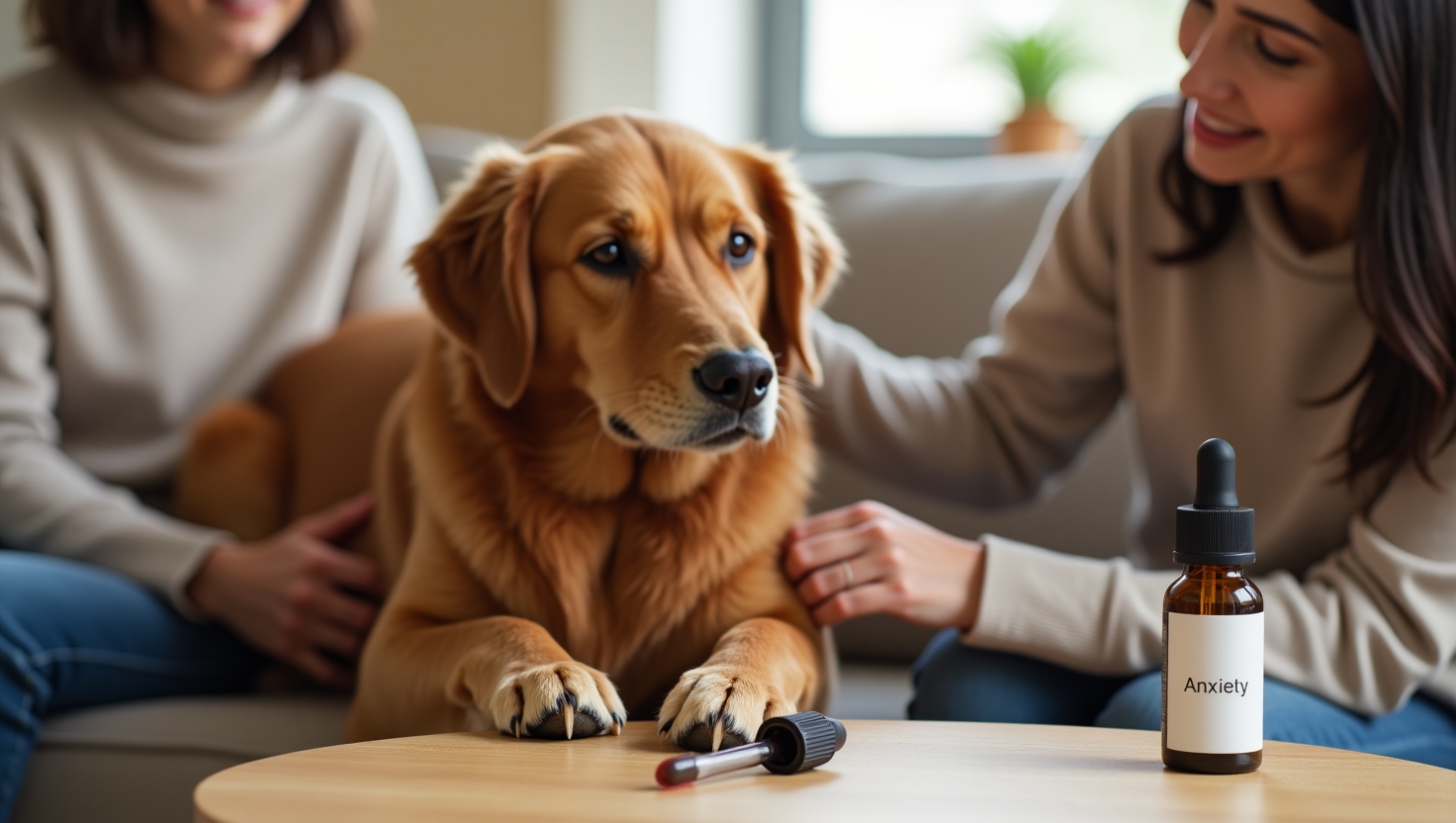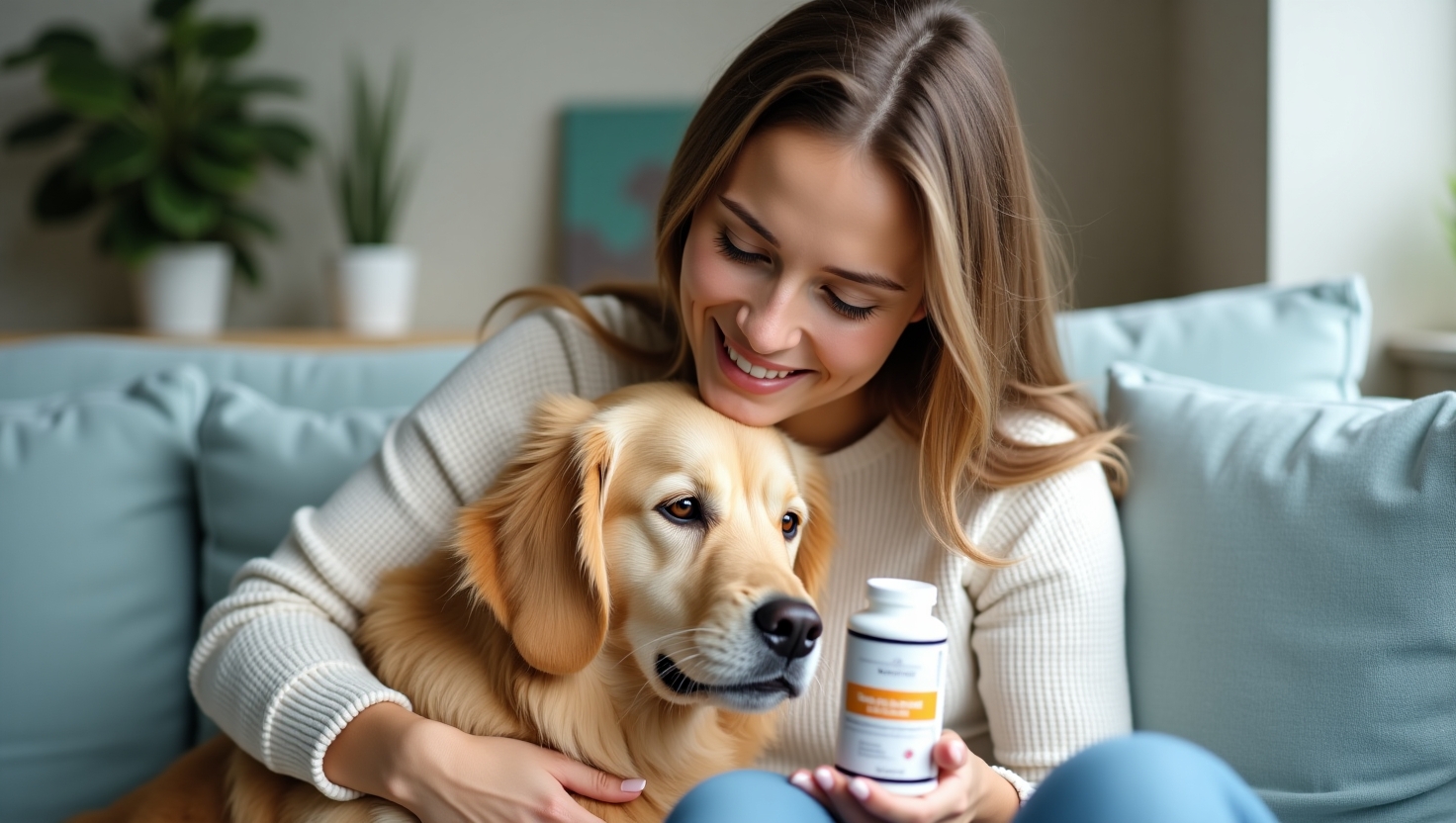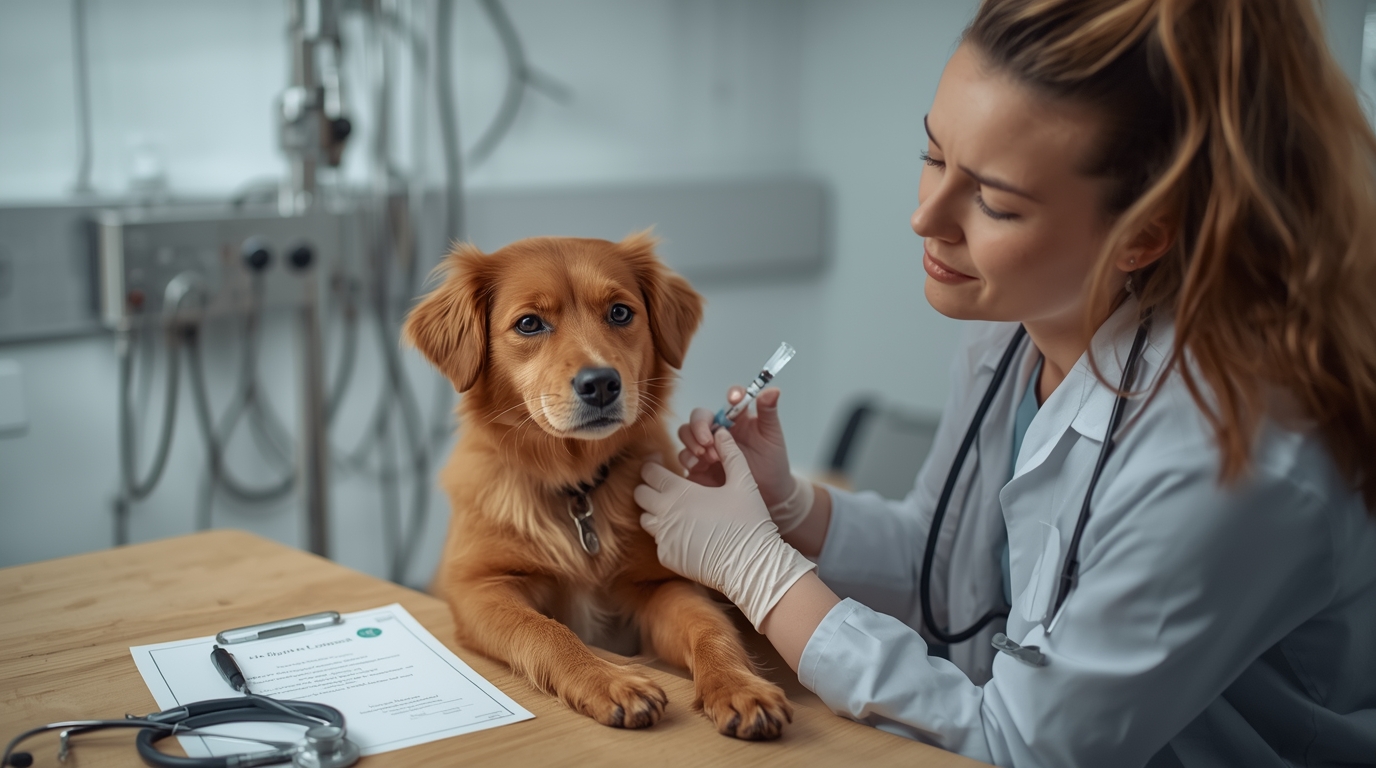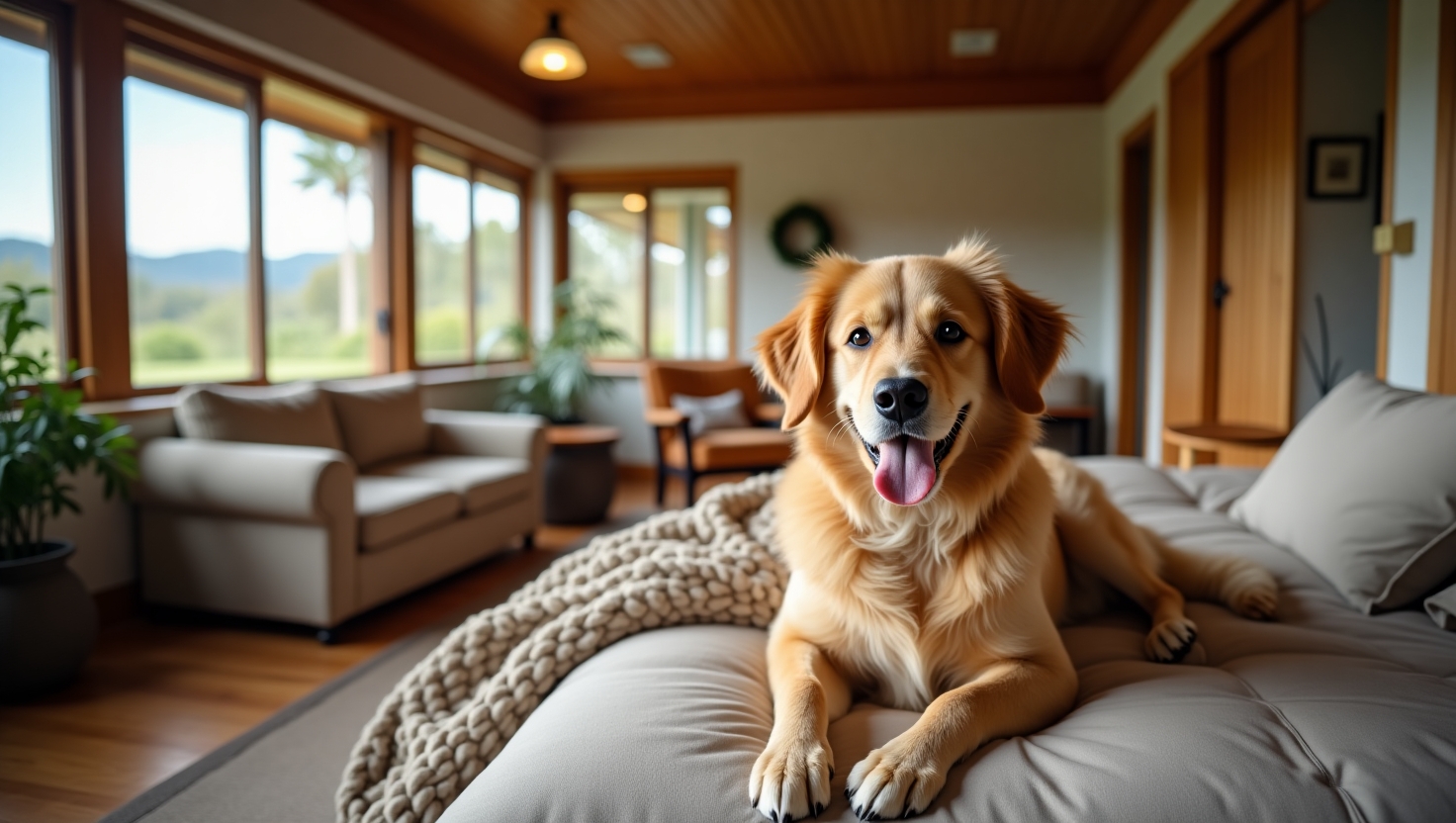Introduction:
If you’ve ever seen your furry mate trembling during fireworks, panicking during a vet visit, or showing signs of separation anxiety, you might wonder whether anxiety medication for dogs is the right call. The good news is, medication can be a lifesaver but only when used thoughtfully, compassionately, and alongside behavior work.
As our awareness of dog anxiety in Australia increases, so does our knowledge of how to make our dogs feel calm, confident, and loved. Let’s take a step through what you need to know about safe, effective use of anxiety meds for dogs in 2025.

Why Medication Can Be a Lifesaver
COVID-19 lockdowns surprisingly spurred dog anxiety across the country. Australian pups got accustomed to non-stop human contact, only to struggle after routines came back. Behavior veterinarians such as Dr. Cate Webb emphasizes that drug therapy paired with training gives the best result for anxious puppies.
One Brisbane dog, Henry, chewed walls out of separation anxiety until a vet-recommended Fluoxetine (Prozac) made him feel safer. Medication can’t take the place of training, but it can “turn the volume down” for panic and allow dogs to learn their coping skills effectively. A user on Reddit explained how anxiety medication made their rescue dog finally be able to relax and become trainable.
Common Medications for Dogs With Anxiety
You have a few safe, vet-approved choices for dog anxiety medication:
Fluoxetine (Reconcile/Prozac): An SSRI that is effective for separation anxiety and compulsions. Begins taking effect in a few weeks.
Clomipramine (Clomicalm): A tricyclic antidepressant that treats separation anxiety, phobias, and compulsions. Requires regular use to be effective particularly when combined with training.
Trazodone: Working well for short-term anxiety, especially when riding in the car or going to the vet or for fireworks. Usually combined with other medications for extra tranquility.
Benzodiazepines (Alprazolam, Diazepam): Quick-acting sedatives best for situational causes such as storms or car travel. Use with caution because of dependence risk.
Gabapentin: For long-term anxiety, often in combination with pain control; good for anxiety caused by pain or noise phobia.
Dexmedetomidine (Sileo): A sound-specific sedative (such as for fireworks), used as a gel in the cheek pouch 30–60 minutes prior to exposure.
More than Pills: Additional Tools That Assist
Medication may not have to be the sole solution. These tools can help with anxiety relief as well:
Dog-Appeasing Pheromones (DAP/Adaptil): Artificial pheromones that might calm some dogs during stressful events such as thunderstorms or being left alone. They can be beneficial additions, particularly when combined with training.
Environmental & Behavioral Support: Desensitization training, safe zones, and calming routines all assist. For noise anxiety, gentle enrichment such as exercise or music can help decrease reactivity.
Supplements & Natural Calming Aids: Items such as L-theanine, tryptophan, probiotics, or CBD that is safe for dogs can provide mild assistance. Always check with your vet first.

Australians and Anxiety Medication for Dogs
Vet behaviourists all over Australia are witnessing greater demand for anxiety medication for dogs, particularly for pups adopted or pampered through lockdown. The pandemic changed dogs’ learning of routines, and many experienced separation or noise anxiety. Behaviour vet Dr Bronwen Bollaert says some pups developed anxiety because they weren’t being left at home alone for years.
However, professionals recommend using medication as a tool and not as a crutch. Social pressure and TikTok trends sometimes force early medication, but the dogs thrive when medication comes as part of a comprehensive treatment plan.
How to Use Medication Wisely and Safely
- Always consult your vet or behaviorist. Medication should be used as part of a complete veterinary evaluation.
- Pair medication with training. Both meds are often needed to calm dogs, and confidence is built with training.
- Watch and adjust. Some medication takes 4–8 weeks to become effective. Keep an eye out for side effects such as sedation or changes in appetite.
- Phase off gradually. Never stop suddenly, meds taper off with the help of a veterinarian.
- Be consistent. Small behavior changes such as putting the wallet on the counter can cause anxiety in dog companions. Routine is important.
When Medication Is Most Useful
Medication is particularly valuable when:
- Anxiety is severe such as destructive behavior, persistent barking, or self-mutilation.
- Training alone cannot access calm, manageable baseline behavior.
- Brief periods of calm are necessary for fireworks or trips to the vet, for instance.
Anxiety medication for dogs is not about making emotional dogs emotionless, it’s about allowing them space to learn, heal, and feel secure.
Check this: Golden Retriever Puppies: The Ultimate Australian Family Companion in 2025
FAQ: Anxiety Medication for Dogs
Q1. Is dog anxiety medication safe?
Yes, if prescribed and regulated by a vet. Side effects differ, but vets choose medication on your dog’s health and type of anxiety.
Q2. How long is it before anxiety medication takes effect?
SSRI anti-depressants such as fluoxetine or clomipramine can take 4–8 weeks; sedatives such as benzodiazepines work quickly for emergency use.
Q3. Is a pump such as Sileo effective in preventing fireworks fear?
Yes, dexmedetomidine gel (Sileo) is effective in treating extreme noise phobia when administered prior to exposure.
Q4. Do natural solutions suffice?
Supplements or pheromones treat minor anxiety, but for moderate to severe, they are most effective in combination with medication and training.
Q5. Will my dog be on medicine forever?
Not always. Many taper off meds after training and routine adjustments, although some will do well long-term if anxiety is ongoing.







